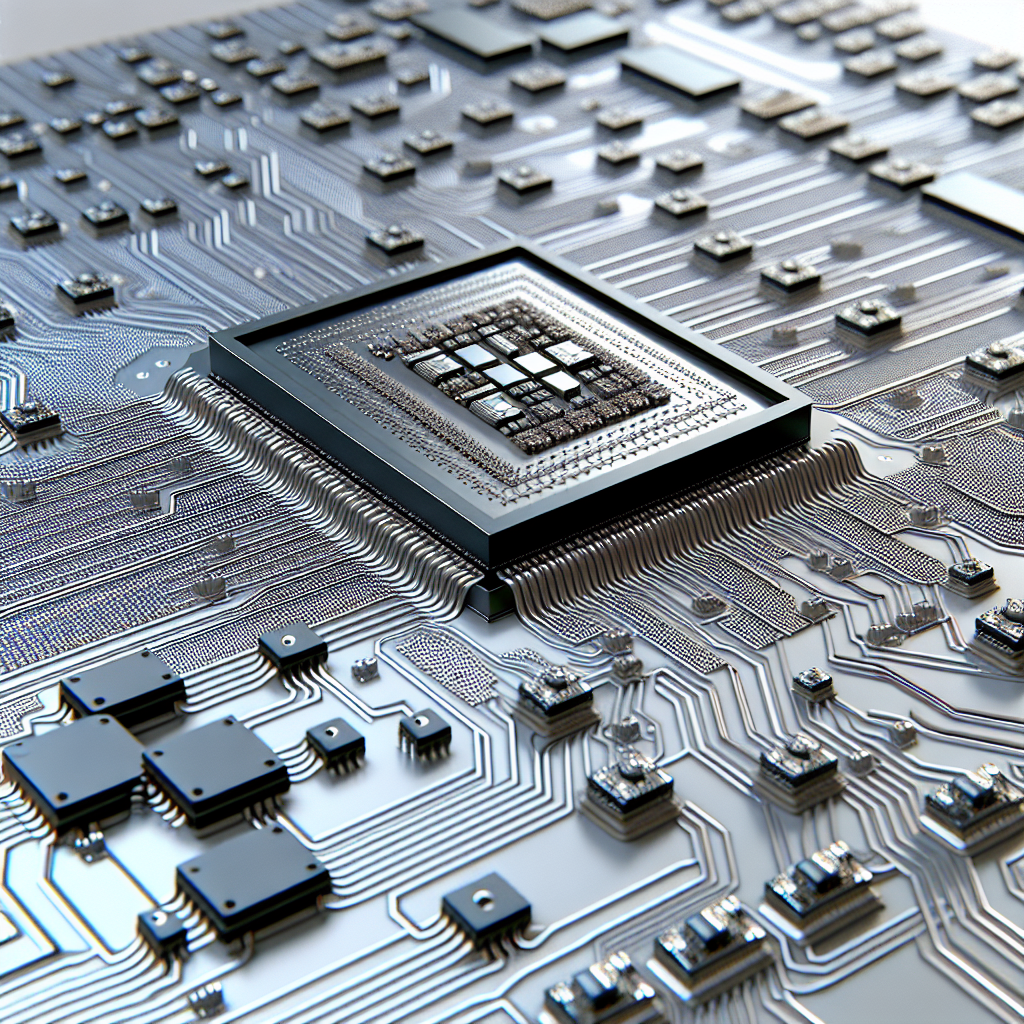Trump's Tariff Barrage: The Future of Semiconductor Trade
President Trump announced a 100% tariff on semiconductor chips imported into the U.S., excluding those manufactured domestically or from firms investing in U.S. production. Formal details are yet to be clarified. This move primarily aims to boost local manufacturing while affecting countries lacking trade agreements or commitments to U.S. production.

In a bold move, President Donald Trump declared plans for a 100% tariff on semiconductor chips entering the United States unless the production occurs domestically. During an Oval Office briefing, Trump suggested the levy targets imports that don't support U.S. manufacturing, yet provided limited specifics on the policy's rollout.
Firms like Taiwan's TSMC, producing locally for U.S. companies like Nvidia, are likely to evade these tariffs, while Chinese manufacturers could face increased costs. Chip giant Nvidia plans substantial investments in American manufacturing, underscoring the incentive for cash-rich companies to shore up domestic production.
As part of a strategic push, the U.S. government, under President Biden, successfully urged the top semiconductor firms to establish plants domestically amid a drastic decline in U.S. production share. Potentially exempt nations include South Korea, Japan, and the EU, which brokered favorable trade terms. The broader economic and trade implications remain a point of speculation.
(With inputs from agencies.)
- READ MORE ON:
- semiconductor
- Trump
- tariffs
- imports
- U.S. manufacturing
- TSMC
- Nvidia
- investment
- trade deals
- China
ALSO READ
China Questions Nvidia's H20 AI Chips Over Security Concerns
Nvidia's H20 Chips Under Scrutiny: China's Security Concerns Rise
Race for AI Dominance: Nvidia's Strategic Chip Exports to China
China Raises Security Concerns Amid Renewed Nvidia Chip Sales
China Probes Nvidia's AI Chip for Security Risks Amid U.S.-China Tech Tensions









